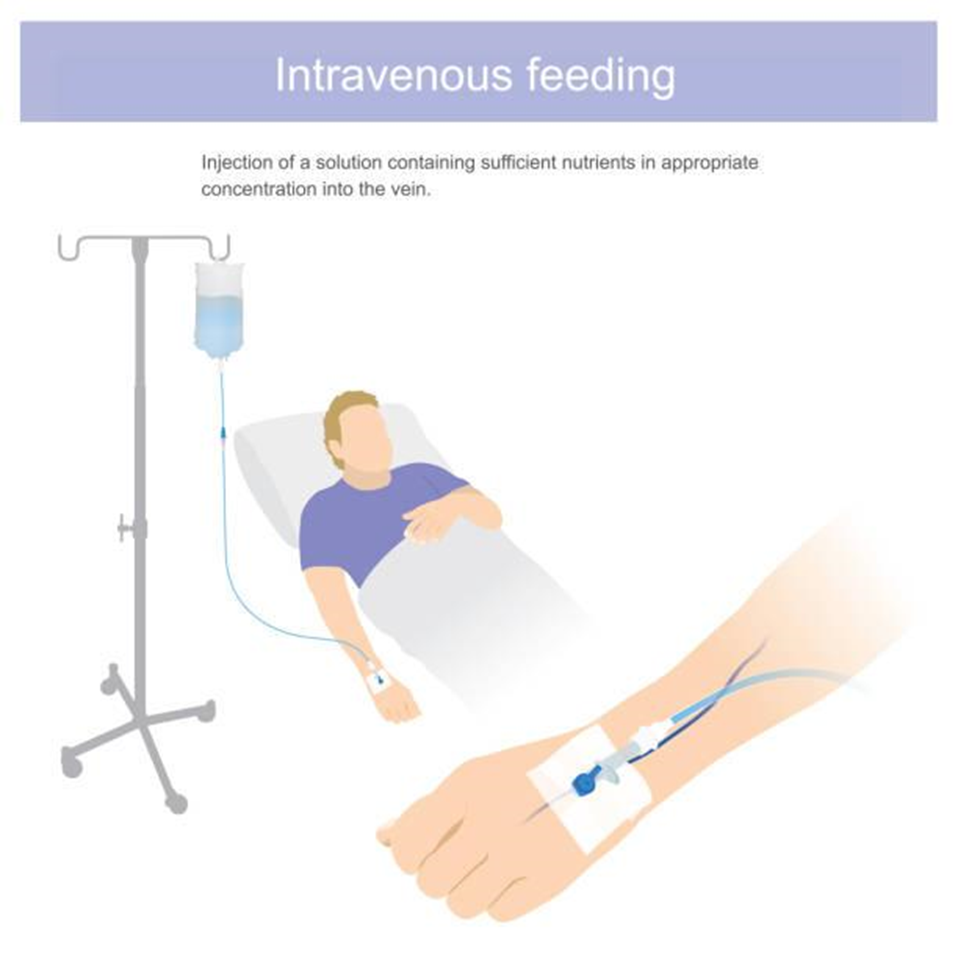A client with a prescription for morphine sulfate 0.2 mg intravenously every 4 hours as needed for pain reports that pain is a 10 out of 10 on the numeric pain scale one hour after receiving the last administration. Which intervention should the nurse implement?
Contact the healthcare provider about the frequency of pain medication.
Encourage the client to allow more time for the medication to work.
Review the medical record for additional pain medication prescriptions.
Administer an additional dose of morphine sulfate 0.2 mg intravenously.
The Correct Answer is C
Choice A Reason: This is incorrect because contacting the healthcare provider about the frequency of pain medication is a dependent intervention that requires an order from the provider. The nurse should first use independent interventions such as reviewing available prescriptions or providing non-pharmacological measures.
Choice B Reason: This is incorrect because encouraging the client to allow more time for the medication to work can imply that the nurse does not believe or validate the client's report of pain. It also can delay effective pain relief and increase suffering.
Choice C Reason: This is correct because reviewing the medical record for additional pain medication prescriptions can help identify alternative or adjunctive options for pain management, such as breakthrough doses, rescue doses, or non-opioid analgesics.
Choice D Reason: This is incorrect because administering an additional dose of morphine sulfate 0.2 mg intravenously can cause overdose, respiratory depression, or addiction. The nurse should follow the prescribed dosage, route, and interval of administration and monitor for adverse effects.

Nursing Test Bank
Naxlex Comprehensive Predictor Exams
Related Questions
Correct Answer is D
Explanation
Choice A: "I'm sorry, but your child's medical information is none of your business." is not a good response because it is rude and disrespectful. The nurse should maintain professionalism and empathy when dealing with parents.
Choice B: "I can give you those results as soon as I get them back from the lab." is not a good response because it violates confidentiality and privacy. The nurse should not share any medical information with anyone without the client's consent.
Choice C: "The healthcare provider will share this information with you." is not a good response because it implies that the parents have a right to know their child's medical information. The nurse should not make promises or assumptions that may not be true.
Choice D: "I can only give medical information to your child because they are legally an adult." is a good response because it explains the legal status of an emancipated minor and respects their autonomy. The nurse should inform the parents that their child has the right to make their own decisions regarding their health care.
Correct Answer is D
Explanation
Choice A reason: Switching to a non-rebreather mask is not the immediate action to take. Non-rebreather masks deliver a high concentration of oxygen, typically reserved for severe hypoxia. The patient’s oxygen saturation is low, but not critically low. It’s important to first ensure the accuracy of the reading before escalating oxygen delivery methods.
Choice B reason: Removing the nasal cannula is not advisable. The patient is postoperative and may have impaired gas exchange due to anesthesia, pain, or decreased mobility. Removing the supplemental oxygen may worsen the patient’s hypoxemia and increase the risk of complications.
Choice C reason: Increasing the oxygen to 3 L/minute could be a potential action if the oxygen saturation reading is accurate and the patient’s condition does not improve. However, any changes to a patient’s oxygen therapy should be made under the guidance of a healthcare provider. It’s important to first verify the accuracy of the oxygen saturation reading.
Choice D reason: Verifying the placement of the pulse oximeter is the highest priority action. Before making changes to the oxygen flow rate, it’s important to ensure that the oxygen saturation reading is accurate. Incorrect placement or function of the pulse oximeter could lead to inaccurate readings.
Whether you are a student looking to ace your exams or a practicing nurse seeking to enhance your expertise , our nursing education contents will empower you with the confidence and competence to make a difference in the lives of patients and become a respected leader in the healthcare field.
Visit Naxlex, invest in your future and unlock endless possibilities with our unparalleled nursing education contents today
Report Wrong Answer on the Current Question
Do you disagree with the answer? If yes, what is your expected answer? Explain.
Kindly be descriptive with the issue you are facing.
